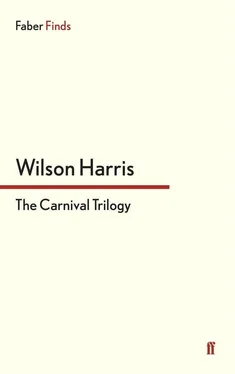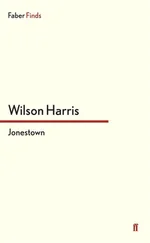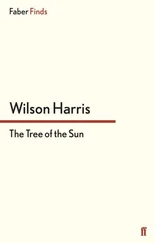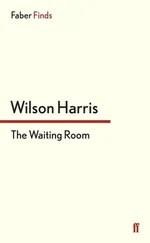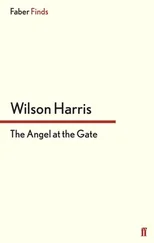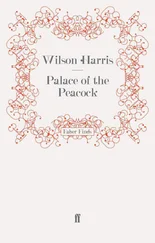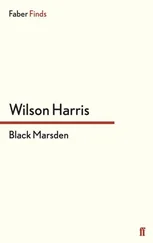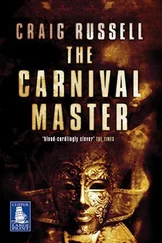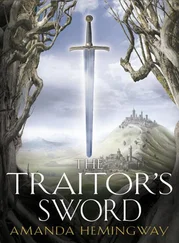Robot was smiling quizzically. The bones in his face quivered a little. It was as if he were testing me, or mocking me, by implying through channels of twisting telepathy in the network of apparently grave-made, man-made brain that his realm (the realm of ‘artificial intelligence’) was superior to gnosis or to intuitive bodies of original mind and spirit, that he alone was realistic enough to offer no quarter, no parole, to criminals. And yet he seemed equally to be saying that we needed one another, we could profit from an understanding one of the other. I believed in ‘freedom’ (did I not?), he believed in the necessity of the ‘prisonhouse’. Our beliefs were but frames of the vanity of power within a world of sovereign polarizations and clashes of cultures bent on deceiving (if not destroying) each other.
On the other hand those beliefs could genuinely change when one began to perceive the subtle abyss that existed between them, between the vanity of ‘freedom’ and the vanity of the ‘prisonhouse’. How potent was that abyss? That was the Inspector’s prime inquiry of me. Could that abyss alter the features of both time and eternity?
‘Freedom’ by itself could prove a baseless ‘eternity’ that consumes all as the elements become polluted and the fabric of moral order capitulates to an atrophy of being, the ‘prisonhouse’ by itself could prove the cement of baseless ‘time’ through which one flits helplessly into limbo.
How strange if the abyss then that lies between ‘freedom’ and the ‘prisonhouse’ could so extend the range of our perceptions that eternity yielded itself to us not as a consuming and polluted furnace in opposition to passing time but as the parent of vital, original time — re-cast time — within a range of architectures, rooms, doors, walls, cycles, beams that draw themselves up from the very abyss that we begin to contemplate into pregnant consciousness? Draw themselves up into visionary splendours, visionary fragments of a dreaming Creator, a true Creator, whose unknowable limits are our creaturely infinity?
‘Is it possible that the abyss between freedom and the prisonhouse is a source of renewal? Do we need to contemplate the nature of every abyss between patterns and forms that we take for granted?’
I shook my head. I knew he was fencing with me. I knew he believed in nothing. He wanted to pick my brains. He wanted to cannibalize every organ of spirit … He stared at me with his quizzical, cynical smile. A sophisticated tormentor. Man-made, grave-made brain which could utter genuine truths at times but falsify them into instruments of exploitation because they were void of a spiritual ancestry. A sovereign nihilist capable of putting ‘intelligent’ questions in order to extract what substance he could from his victims. In a way, a fascinating and remarkable way, he resembled Canaima. One was a detective and manipulator of souls, the other was the captain of his team of victims.
Perhaps he felt the burden of my distrust for he mopped his bony skull and shot a sudden question at me — ‘There’s reason to believe this wretched thing’ — he pointed to the god-rock — ‘may help us to unlock the code of Canaima’s hiding place.’ He was staring at me now accusingly (his earlier slightly ingratiating manner had vanished) as if he knew I knew something. I decided to fence with him, to lean into the abyss that stood between us.
‘Take this.’ He pointed to a diagram at the foot of the rock. ‘What do you as a spy, God’s engineer’ — his dry lips flared with his contempt for all religions (yet his desire to exploit all religions) — ‘make of it?’
He knelt beside me as I took a sharp pencil and eased its point into each line of the diagram he had indicated to remove an accumulation of faint mould.
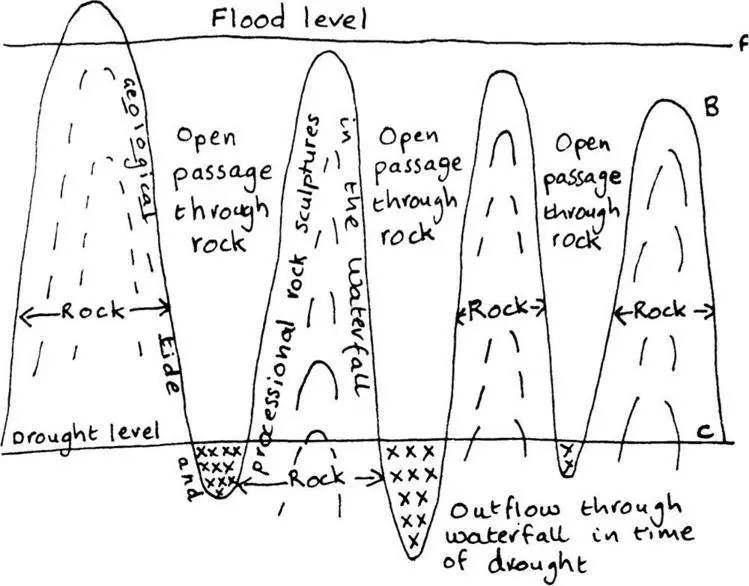
‘I have taken the liberty,’ I said with a dryness that matched Robot’s flare of contempt, ‘taken the liberty of putting A and B and C at the three lines on the diagram at the base of god-rock. The Macusi worship the architecture of the tides. They seek a bird’s-eye view of the geology of the tides in the City of God.’
The Inspector stared at me blankly.
‘A is flood level, C drought level, B is an outline of stone or rock in the Waterfall, peak and valley, through which a precipice of water thunders when the river’s full.’
The Inspector listened intently. I felt he had cast a sudden net around me, blank gaze, intent Robotic instinct and listening ear, coldness, calculation that pushed me on the defensive.
‘B is also,’ I continued, ‘a procession of draped bodies in the Waterfall: rock sculptures that harness the river. The Macusis see them as the work of the God of all weathers; they also see them as clothing inner bodies that wait to come alive, a living procession, when the tribe is approaching extinction. So though the rock procession may become their epitaph, the epitaph of the tribe within the Waterfall, something else will step forth into the world, a magical art born of “live absences”, a magical procession of living interior bodies sculpted at the heart of the Waterfall.’
‘You spoke earlier of a bird’s-eye view, Mr Anselm. Can you explain?’ He was tightening the net upon me. I hesitated. I dreaded his deadly curiosity, blank stare, intent listening ear, abstract precision.
‘The soul dreams,’ I said at last and struggled in his net, ‘to dance up from the Waterfall. It dreams it may come to stand tiptoe upon the wing of a bird, that it may wear the feathers and the glory of all winged creatures, and gaze through the eyes of the masked being of space …’
‘What does it see?’
‘It sees the geology of the tides.’
‘Is that all?’ said Robot. He smiled with indifference. He was baiting me, pushing me along.
‘It sees the distant Atlantic coast far below us,’ I sought to explain, ‘where the ocean tides rise and fall. It sees the ease with which the coastal rivers (they look like veins and arteries in the body of distance, earth and space) would run unchecked into the salt sea were it not for every day’s reversal in the pulsation of the tides, the reversed pulse or animate door or fluid wall of the tides that rise where they fell before and ride back up the rivers, push back and conserve the precious fluid of the sky, the drinking fluid, the irrigation fluid.
‘Outflow into the salt sea occurs with every falling tide. Then comes the reversal, the conservation of the river’s resources, with the rising tide that builds itself into a fluid door uplifted on the reversed tracery or re-tracery of the dancing falling/rising body of arterial rivers.
‘I say a fluid door, a fluid wall, to bring home to us — where we now stand (you, Inspector, and I) far inland and above the ocean — the miraculous parallels, the miraculous architecture of the Waterfall. Look closely at the diagram! The sculptured procession of peak and trough, of carven rock, in the Waterfall has been uplifted here by a geological upward displacement of the ocean tides. The ocean tides are a fluid door, the processional rock is an active tide however stationary it seems. You may remember my telling you that this processional rock will become the epitaph of the tribe even as it releases a new magical art. But to return to the action of geological tides within the Waterfall! When the Macusi River (it’s also known as the Potaro River) falls as you see in the diagram from flood to drought, from A to C, it conserves itself because of the sculpture of rock within the Waterfall to release, yet implicitly reverse or hold the flow from above the Waterfall to the plain of the river beneath.’
Читать дальше
